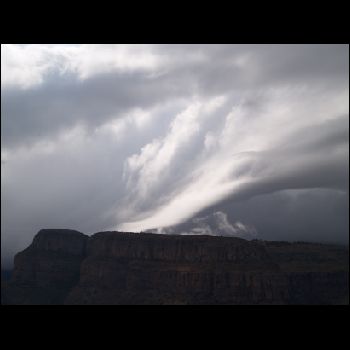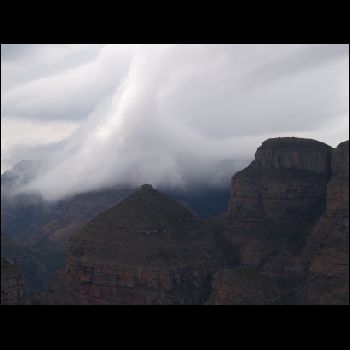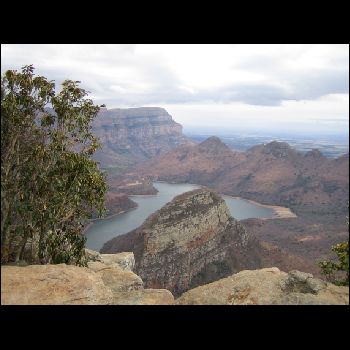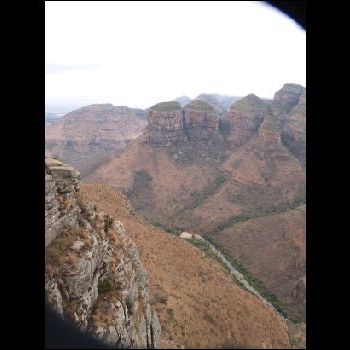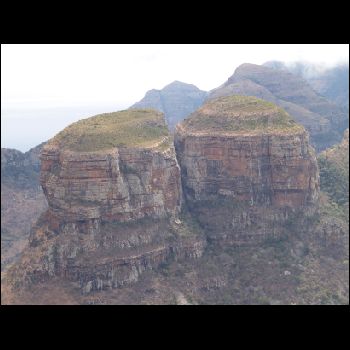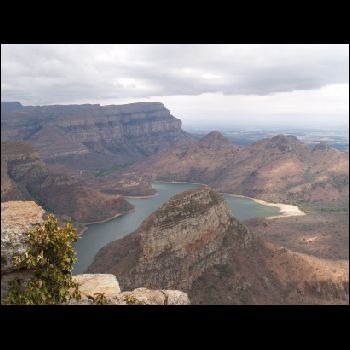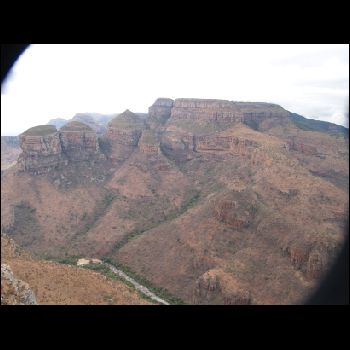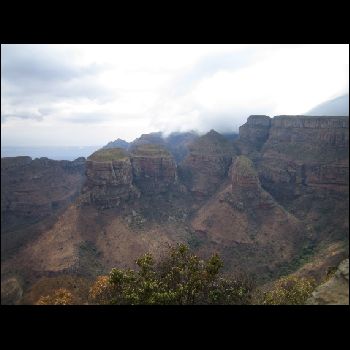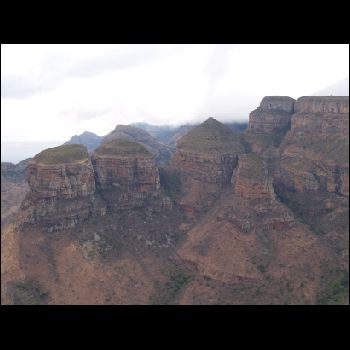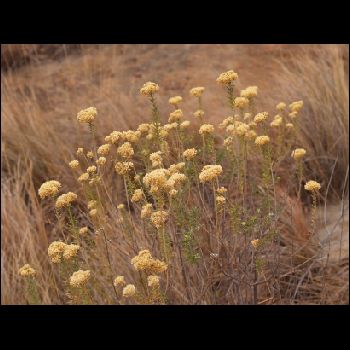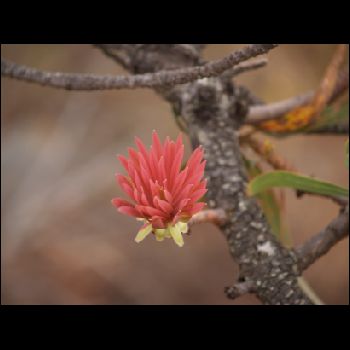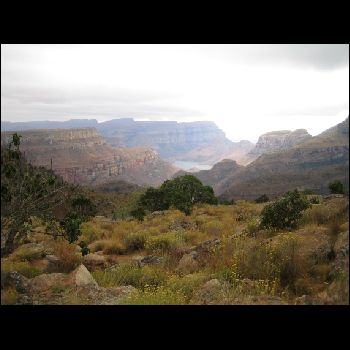The Blyde River Canyon is one of South Africa's most spectacular natural wonders and the third-largest canyon in the world, following the Grand Canyon in the USA and the Fish River Canyon in Namibia. Located in the Mpumalanga Province, it forms part of the Blyde River Canyon Nature Reserve and is a prime destination for nature lovers, adventure seekers, and photographers.
Key highlights of the Blyde River Canyon:
-
Size and Geography:
- The Blyde River Canyon stretches approximately 26 kilometers in length and reaches depths of up to 800 meters in certain sections. It is formed by the Blyde River, which has carved its way through the Drakensberg Mountains, creating dramatic cliffs, rock formations, and deep valleys.
- The canyon is set in a lush subtropical environment, which is quite rare for a canyon, giving it a unique and vibrant atmosphere compared to other desert-like canyons.
-
The Three Rondavels:
- One of the most iconic features of the Blyde River Canyon is the Three Rondavels – a group of three peaks that resemble traditional African rondavel huts (round dwellings with conical roofs). These striking formations are made from quartzite and schist, and they rise steeply above the canyon floor.
- The viewpoint here offers one of the best views in the canyon, with a stunning panoramic vista of the valley, the river below, and the surrounding landscape.
-
God’s Window:
- Located near the Blyde River Canyon, God’s Window is another popular viewpoint that offers breathtaking panoramic views of the canyon, the lowveld, and the surrounding area, including the Kruger National Park. On clear days, visitors can see as far as the Mozambique border.
- The area is surrounded by dense rainforests and vegetation, making it feel like you are standing at the edge of the world. The misty, cloud-filled views from the viewpoint often contribute to its name, "God’s Window."
-
Bourke's Luck Potholes:
- As mentioned earlier, Bourke's Luck Potholes is located at the confluence of the Blyde River and the Tufa River and is a fascinating geological site within the canyon. The water here has carved out stunning cylindrical holes in the rock over thousands of years, creating an amazing natural wonder that draws many visitors.
-
Wildlife and Vegetation:
- The Blyde River Canyon Nature Reserve is a rich and biodiverse area. The canyon is surrounded by a variety of ecosystems, ranging from tropical rainforests to savanna grasslands.
- The reserve is home to a range of wildlife, including elephants, buffalo, impala, zebras, and giraffes, as well as smaller animals such as baboons, monkeys, and various species of antelope.
- The birdlife in the canyon is also diverse, with species such as the black eagle and white-backed vulture commonly seen soaring above the cliffs.
-
Hiking and Adventure:
- The Blyde River Canyon offers a variety of hiking opportunities. For example, the Blyde River Canyon Hiking Trail takes you through the canyon for several days, offering incredible views and close encounters with nature.
- The Radical Raptors zip line and other adventure tours allow visitors to experience the canyon from a unique perspective, providing a thrilling way to view the cliffs and landscapes.
- Canoeing and boat tours along the Blyde Dam at the base of the canyon allow visitors to see the canyon from a completely different angle, taking in the spectacular cliffs rising from the water.
-
Blyde Dam:
- The Blyde Dam, located at the base of the canyon, offers a tranquil contrast to the rugged cliffs above. It is a popular spot for boat tours, where visitors can enjoy the calm waters and appreciate the surrounding natural beauty of the canyon.
- The dam is also home to various aquatic species and serves as a beautiful backdrop for the area’s flora and fauna.
-
Historical and Cultural Significance:
- The Blyde River Canyon area has long been inhabited by the Tsonga and Swazi peoples, and the region has rich cultural significance. The indigenous communities have deep ties to the land and its natural resources.
- Several ancient rock art sites can also be found within the canyon, left by early human inhabitants. The San people (Bushmen) once lived in the area and left behind valuable cultural artifacts.
-
Panorama Route:
- The Blyde River Canyon is a key attraction along the famous Panorama Route, one of the most scenic drives in South Africa. The route takes visitors through various viewpoints, waterfalls, and natural wonders, including Lisbon Falls, Mac-Mac Falls, and Berlin Falls.
- The route also offers incredible views of the surrounding mountains, valleys, and bushveld.
Why visit Blyde River Canyon?
The Blyde River Canyon is a must-see for anyone visiting South Africa, particularly those traveling along the Panorama Route. Its striking natural beauty, combined with the opportunity for wildlife viewing, adventure activities, and breathtaking vistas, makes it a top destination. Whether you’re a nature enthusiast, a photographer, or simply someone looking to explore one of South Africa’s most stunning landscapes, the Blyde River Canyon offers a wealth of experiences that cater to all types of travelers.





